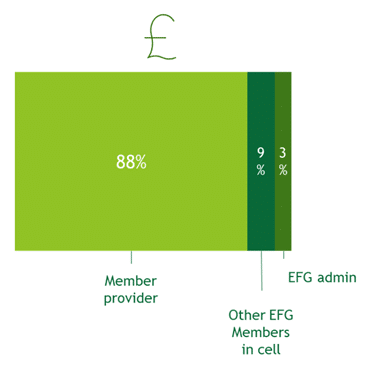- Groundwork
- Market Engagement
- Groundwork
- Market Engagement
Summary of Environmental Farmers Group
Environmental Farmers Group (EFG) is a farmer-led organisation focused on delivering environmental improvements financed through nature markets. The farmers work together to identify where natural capital improvements would best be made, and where opportunities exist for nature markets. The EFG shares knowledge and processes across its members to strengthen their position as owners and managers of natural capital. The EFG was launched in May 2022 in the Hampshire Avon river catchment and completed its first trade in March 2023. As of October 2023, it comprises of 257 farmers and 140,000 hectares, with a mix of owner occupiers and tenant farmers, and has since expanded its model elsewhere in England.
Farm Profile:
- Location: Hampshire, Wiltshire, Dorset, Northern Lincs, Northants
- Size of Farms: 20 hectares – 3000 hectares
- Size of Land: 140,000 hectares
- Tenancy & Ownership: Mix of tenants and owner occupiers
- Nature Market Primary Focus: Biodiversity Net Gain, Nutrient Neutrality, Water Quality
- Interventions: various
- Project Partners: Game and Wildlife Conservation Trust (GWCT), Natural Capital Advisory
Acknowledgements
With many thanks for their time and insight on this case study:
Robert Shepherd, Farmer and Board Member, Environmental Farmers Group
Ed Shuldham, Farmer and Scoping Group Member, Environmental Farmers Group
Digby Sowerby, Operations Officer, Natural Capital Advisory
Rachel Ridd, Business Officer, Natural Capital Advisory
Date published: 16/11/2023
Key Takeaways
- EFG was first formed through collaboration between cluster farm leads in Hampshire and the GWCT. It has since expanded to 257 expressions of interest and members with 140,000 hectares.
- EFG helps to assess any incoming nature market offers that farmers are presented with, but also proactively builds nature market trades that can leverage its seller collective advantage.
- The farmer members of EFG can choose to participate as much or as little as they like; for instance, joining knowledge sharing events, or pursuing nature market deals and trades.
- EFG has an ‘equalization model’ that shares a percentage of profits from any trades with other farmers within their area, and a commission to fund the operation of the EFG.
Why do EFG farmers want to work together?
EFG was first formed through collaboration between cluster farm leads and GWCT. The founder farmers saw the loss of Basic Payment Scheme (measured as £37m annually within the Hampshire Avon catchment alone) as a threat especially to environmental projects within their cluster.
They also recognised the opportunity that nature markets could bring to sustaining farmers’ income, but that to deliver nature-positive outcomes with these, they need a model that is scalable, commercially viable, and farmer-led.
Ed Shuldham, farmer and Scoping Group Member of the EFG, explains that, before EFG was formed the farmers of the catchments were wary of offers to participate in nature market trades – primarily carbon – and wanted a ‘trusted navigator’ that would help them to make informed decisions and retain control over their land.
EFG has since created a model that aims to help farmers deliver ecological benefits to their land for fair financial reward. It aims for farmers to work together and deliver:
- Scale – the EFG has expanded to four catchments with 257 expressions of interest and members covering 140,000 hectares.
- Selling power – By working together, this scale generated (along with market intelligence) gives farmers a stronger negotiating position with buyers.
- Farmer autonomy – Farmers are not obligated to take part in nature market deals or trades, and can choose to participate as much as they are comfortable with.
- Access to opportunity – Farms of all sizes are able to join EFG’s model, and the model can deliver different ecosystem services (carbon, nutrient neutrality, BNG) to different buyers.
The EFG itself is farmer led, with governance split between a Board, Executive Team, Steering Groups and the wider farmer membership. You can read more about its governance in Milestone 6.
What does EFG do for farmers?
EFG helps its farmer members assess new nature market opportunities. For example, if a farmer member is approached by a third party with an offer to participate in a deal, EFG helps to assess the details of this offer, draft up Heads of Terms and help to ensure that the farmer is getting fair terms for the responsibilities and liabilities they are accepting.
For natural capital support and market intelligence, EFG has also contracted Natural Capital Advisory (NCA), a subsidiary of GWCT, to help with this core function. It works with other service providers, such as ecologists and accountants, on various activities to support this.
Under the EFG membership model:
- Each member retains decision-making control and decides how they engage with the EFG. For example, they may join simply for the knowledge sharing on nature markets, or fully pursue a deal with a parcel of their land. In return for this, when farmers agree to a new deal, any income from this deal is shared through the EFG’s equalisation model (see below).
- The EFG also has a Trade Allocation policy. This means that farmers have first rights to any trade that they are approached with directly. Equally, if someone approaches the EFG with a proposed trade, the EFG will distribute to members where it believes the deal is most suited to farmers’ priorities and the ecology of the land.
- Farmers are permitted to exit the EFG on a fair terms basis. This means farmers can leave the EFG with ease, but EFG has a 12-24 month notice period in place to make sure farmers do not use EFG’s services and then exit to avoid paying commission on trades.
EFG is expanding its model and as such, Steering Groups are being created in each new equalisation cell. These Steering Groups are made up of farmers local to the equalisation cell and they provide the momentum and direction in local areas.
NCA has also set up two similar models in the north of England – the Peakland Environmental Farmers and the Swaledale and Wensleydale Environmental Farmers. If you would like to form your own EFG cell in your area, you can express your interest online.
How are costs and incomes shared?
To share income from any nature market trades, the EFG uses an ‘equalisation policy’ that means any net profits are split:
- 88% to the farmer that engages in the trade
- 9% to other farmers in the local cell of the trading farmer – in recognition for the seller power of the collective and for these farmers helping the EFG to meet its beneficial scale.
- 3% to the EFG – commission to help cover administrative costs.
EFG incurs costs such as its administrative expenses, legal and professional support fees, knowledge sharing events, and pilot initiatives, such as trialling soil carbon measurements.
To help share costs, farmers pay a subscription of £1.25 / hectare / annum (as of November 2023). These subscription fees are used alongside the 3% commission charges from trades, and other funding that the EFG has received to date, such as grant funding and local business sponsorship (see Milestone 1 for more detail).


